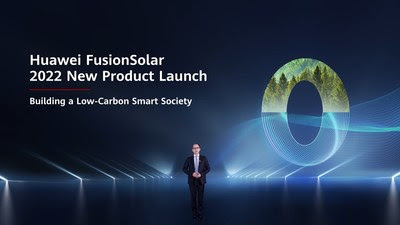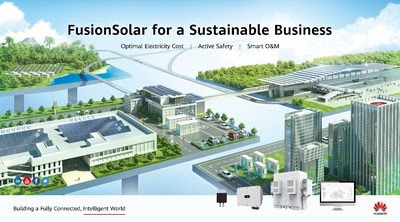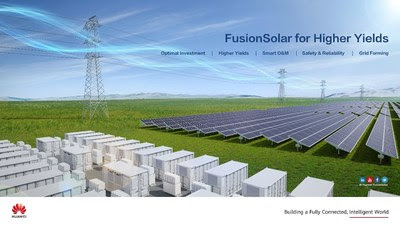Nova solução irá viabilizar que as empresas agreguem e calculem avaliações do ciclo de vida rapidamente e em escala
CHICAGO, May 11, 2022 (GLOBE NEWSWIRE) — A Sphera®, principal fornecedora global de serviços de software e de dados e consultoria de desempenho e gerenciamento de risco Ambiental, Social e de Governança (ESG), anunciou hoje o lançamento do seu novo software Life Cycle Assessment (LCA) Automation, com base nas soluções LCA existentes da empresa. A mudança ocorre à medida que as pressões regulatórias e dos investidores em torno da padronização e digitalização da medição de dados completos de sustentabilidade continuem a aumentar, exigindo ferramentas de relatórios e conformidade cada vez mais sofisticadas e granulares.
A solução da próxima geração da Sphera se integra perfeitamente aos sistemas existentes dos clientes para implantação rápida, permitindo que os clientes recebam rapidamente análises holísticas e em tempo real e insights sobre a pegada ambiental dos portfólios dos seus produtos. Ela também tem um extenso conteúdo gerenciado que permite que os clientes calculem instantaneamente sua pegada de carbono em escala e modelem como os ajustes a variáveis específicas – como o uso de uma fonte de energia mais limpa ou a alteração dos processos de produção – podem afetar as emissões.
A solução LCA Automation serve como uma extensão dos recursos existentes de Sustentabilidade do Produto da Sphera, que incluem software e conteúdo de avaliação do ciclo de vida. O serviço permite que uma empresa aumente 1.000 vezes o número de ACVs, viabilizando que o profissional experiente em ACV se concentre na análise a aprimoramento dos resultados, e não na sua criação.
O objetivo geral da ferramenta LCA Automation da Sphera é ajudar as empresas – especialmente aquelas em setores com cadeias de suprimentos complexas, como manufatura, bens de consumo, tintas e produtos químicos – a reduzir de forma mais eficaz suas emissões de gases de efeito estufa (GEE) em cada etapa da produção, desde o projeto até à desmontagem. O aprimoramento da previsão facilitará as decisões corporativas holísticas com a sustentabilidade incorporada em cada estágio, permitindo que as equipes prevejam e controlem proativamente o impacto ambiental.
Paul Marushka, CEO e presidente da Sphera, disse: “Historicamente, as ACVs têm sido vistas como complementos voluntários e ad hoc para esforços mais amplos de sustentabilidade corporativa. No entanto, com o aumento do conhecimento do consumidor quanto aos mandatos regulatórios para mitigar os efeitos das mudanças climáticas, o LCA Automation se alimenta das mais altas necessidades de descarbonização. Como mostraram as recentes mudanças da UE, da SEC e do último relatório do IPCC, as consequências financeiras e de reputação de uma omissão é uma questão de “quando” e não de “se”.”
Continuou Marushka: “Desde ajudar os engenheiros a criar produtos mais sustentáveis até permitir que os profissionais de aquisição estabeleçam cadeias de fornecimento de emissões de carbono mais baixas, o LCA Automation transformará a tomada de decisões, em benefício das empresas e do nosso planeta.”
Sobre a Sphera A
A Sphera é a principal fornecedora de serviços de software e de dados e consultoria de desempenho e gerenciamento de risco Ambiental, Social e de Governança (ESG), com foco em Meio Ambiente, Saúde, Segurança e Sustentabilidade (EHS&S), Gerenciamento de Riscos Operacionais e Administração de Produtos. Há mais de 30 anos atendemos mais de 3.000 clientes e mais de um milhão de usuários em 80 países para ajudar as empresas a manter suas pessoas seguras, seus produtos sustentáveis e suas operações produtivas. Saiba mais sobre a Sphera em www.sphera.com. Siga a Sphera no LinkedIn.
Informações de Contato:
Astrid Dickinson
sphera@aspectusgroup.com







